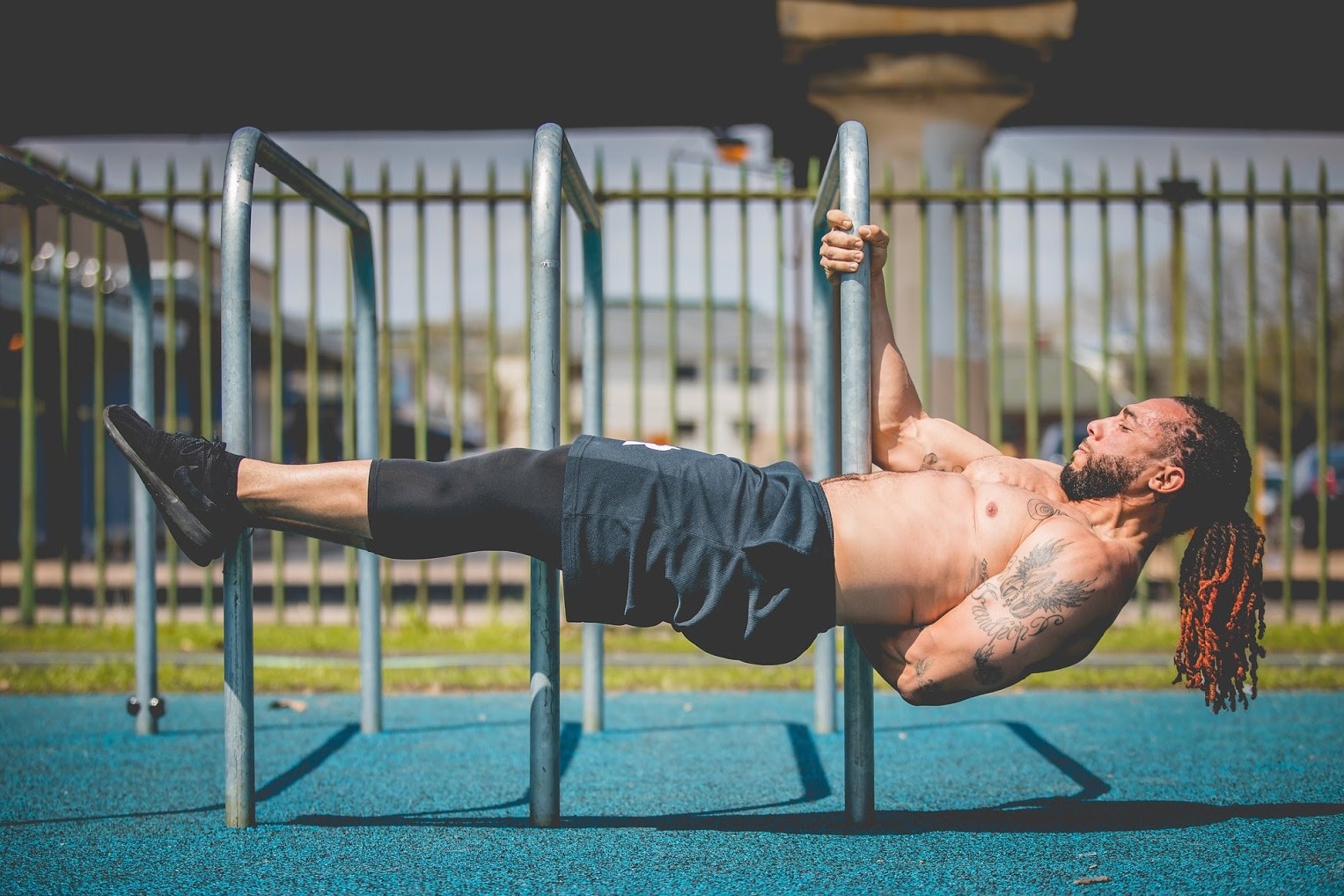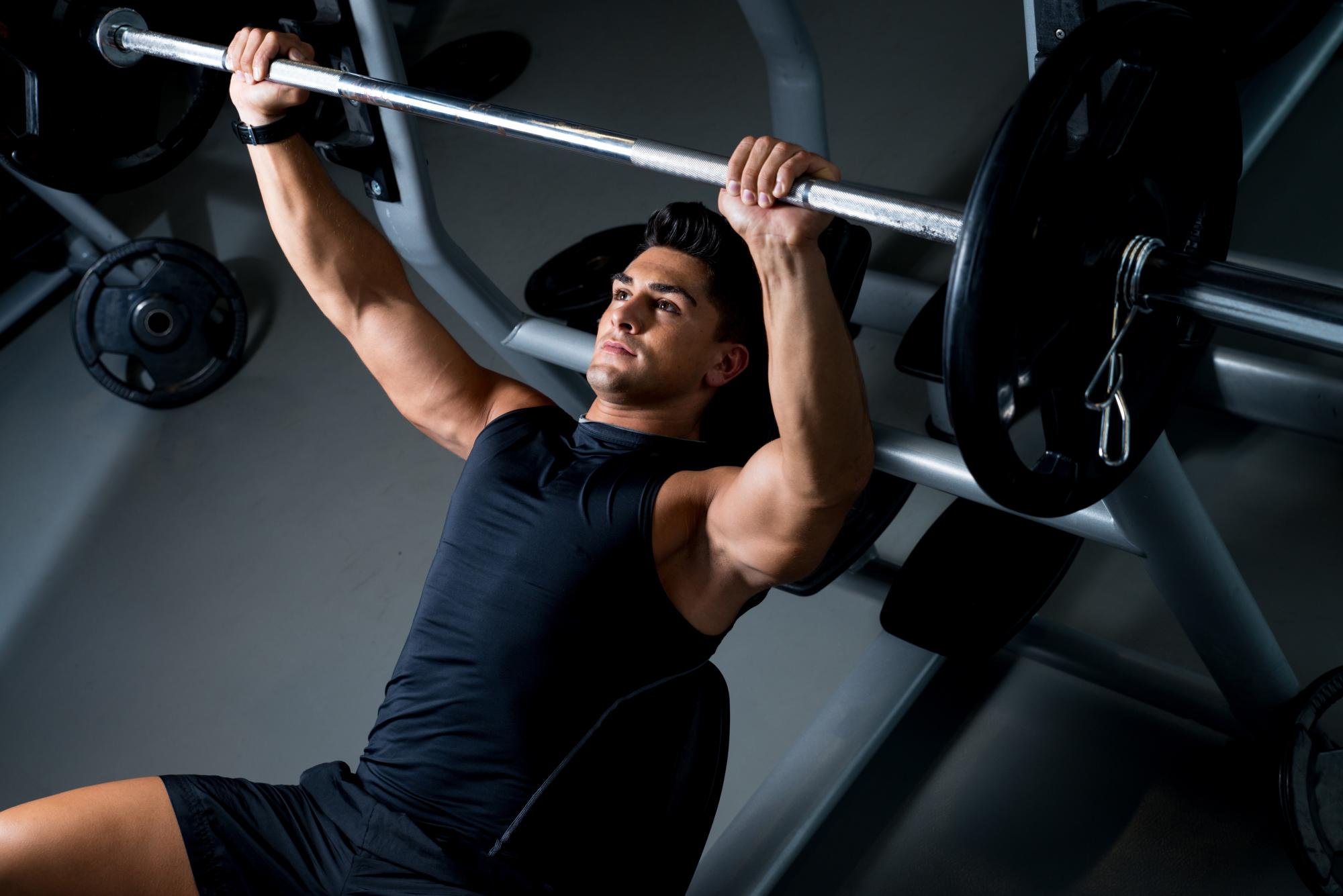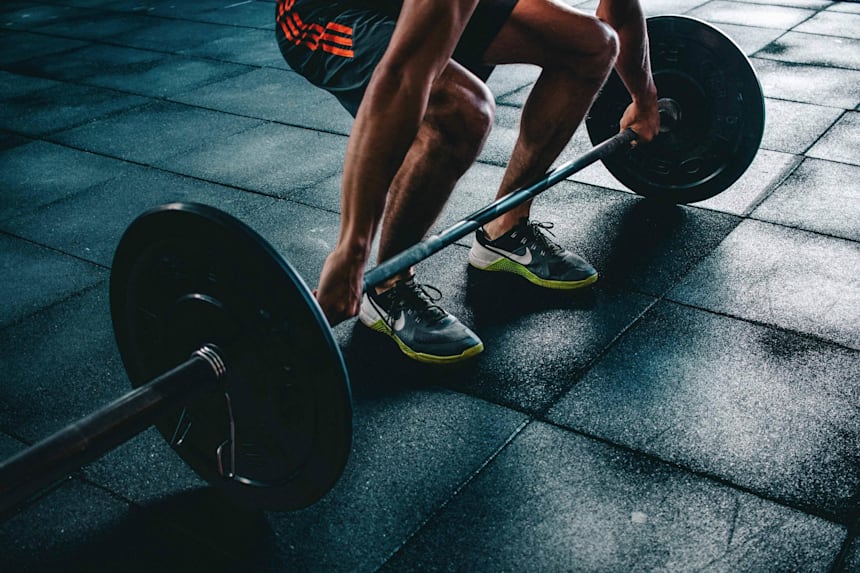Hello!
When we found out that our whole semester would be online, we were all pretty disappointed because, let's face it, online sem sucks for so many different reasons. But hey, I'm sure you must have made goals of learning a new skill, getting into better shape, etc. We, at the Safety and Medical Advisory Council, are here to help you cross this one off your list!
We realize the importance of physical fitness and its role in improving our mental health, which is vital in our present circumstances (especially if you are in BITS XD). Also, with the number of COVID-19 cases per day crossing 3 lakhs, it's a good idea to work out at home rather than going to the gym until the situation gets better.
But we understand how it may seem complicated to start exercising at home. Most of us have the misconception that it's not possible to build a great body with just bodyweight exercises and minimal equipment at our disposal. Well, calisthenics is a discipline that will prove this wrong.

Why calisthenics?
Calisthenics is a type of strength training that utilizes your body weight to strengthen and build muscles with little to no gym equipment. The best part is that it requires little investment and works for both beginners and pros. If you have just started exercising, calisthenics would be highly recommended as a starting point. These bodyweight exercises help strengthen the stabilizer muscles, which are essential to performing more complicated exercises and helps progress your training correctly. Since these exercises can be done with minimal equipment, you can stay safe and workout from the comfort of your own home. Another benefit is that lifting weights might cause muscle strain and joint issues, so calisthenics is a safer option.

For people who are just beginning their fitness journey:
Start with the simple ones, as it may be complicated and difficult to perform many exercises. Make slight changes to your workouts so that you are able to do them; for example, you can do knee push-ups if you are struggling to do the regular one, or you can try using a resistance band to assist you in pull-ups. But remember, once you are comfortable with the exercise, say you can do 10-12 reps easily, then you need to step it up. If you were doing knee push-ups, you should start doing regular ones now. Your muscles would grow and develop only when you challenge them, so there is no point in doing the things you are very comfortable with. The form and effort are paramount; the number of reps is trivial in comparison. You should look to lift each muscle group at least once a week. It's also crucial to rest adequately because your muscles get torn and broken down when you work out. During the resting period, your body uses protein to build them stronger and bigger. To make things simpler, we have provided below a simple workout plan which you can try.
Listed below are some exercises for each muscle group. For each workout, you may pick two muscle groups and three exercises for each.
Tip: Don't skip your leg day since it's essential to have a symmetrical body.

Chest:
Close-grip push-ups, inclined push-ups, inclined diamond push-ups, 90-degree hold, regular push-ups
Back:
It's hard to work your back muscles without any equipment, but here are some exercises that can be done with things you can find at home: click here. Apart from that, you can do pull-ups as well, which is an excellent exercise as it involves several muscles.
Biceps:
Invest in a resistance band that would allow you to do a whole bunch of exercises. In case you don't have one, do push-ups (try different varieties, play around with your hand spacing) and chin-ups.
Abs:
Regular crunches, butterfly crunches, bicycle crunches, plank, side plank, hanging leg lifts, hill climbers
Legs:
Squats, step workouts (be careful not to hurt yourself), calf raises
Triceps:
Dips, close-grip push-ups, dive bomber push-ups
For those of you who already know your way around:
If you have been working out for quite some time and still aren't getting good results, chances are you aren't challenging and pushing yourselves to your limits. You always need to keep challenging yourself and progressively making your workouts harder by either doing more strenuous exercises or adding weights. It's also good to keep in mind your goals and work accordingly. If you are someone who is looking to gain muscle or increase strength, you can do fewer reps and add a little extra weight. If your goal is to lose weight or train for endurance, you can get away by doing more reps with lesser weights. Don't forget to stick to the basics and ensure that you perform every movement with the correct form. If you can get these things right and maintain consistency, you should be able to see results provided you watch what you put in your mouth.

The following section deals with the diet aspect of fitness:
"Great abs are made in the kitchen, not the gym."
Healthy people are not only regular in the gym, but they also keep track of their diet. A healthy outside is based on 70% of your diet and 30% of fitness. The best diet is a long-lasting and diverse one. To achieve this, no specific diets that claim to provide quick and painless results are effective. Making subtle changes in our current lifestyles and eating habits gives the best results.

What to eat?
Weight change boils down to one thing: Calories in minus calories out. So, what are calories? They are the basic units of energy. In terms of nutrition, all types of foods, whether they are fats, proteins, carbohydrates, or sugars, are important and distinct sources of calories. Therefore, consuming all these different food types is essential for a balanced diet. How many calories you should be consuming depends on many different factors such as your age, sex, BMI, activity levels, and fitness goals. Since these factors keep changing, so do our calorie requirements.
A site helpful to check your current needs is linked here. To lose or gain weight healthily, you should be consuming 500-1000 calories less or more, respectively.

Apart from calories, it is an excellent practice to make sure that the sources of these calories are different and healthy. So, strive to add fibre and proteins to your breakfast; this would help you feel full and energetic throughout your day. Adults need to eat about 0.8 grams of protein per day for every kilogram of their body weight. Some sources of proteins are red meat, poultry, fish if you prefer non-vegetarian food; otherwise, dairy and legumes are an option too. You should get 45-60% of your total calories from carbohydrates.
It is important to note the distinction between simple carbs (sweets and processed foods) and complex carbs (whole grains, fruits, vegetables, and beans). Complex carbs have more nutrients than simple carbs. They're also higher in fibre and digest slower, making them more filling. You can obtain natural fibre, vitamins, and minerals from eating a rainbow of veggies and fruits. These can be added to every meal and can also be consumed as snacks in between meals. Even with their lousy reputation, fats are an essential component of a diet as they help keep us active. Nuts, olive oil, etc., come under the category of healthy unsaturated fats. Lastly, if you choose to snack between meals, choose one with protein, fat, or fibre. Dry fruits, yoghurt, dark chocolate, and oatmeals are some examples. Drinking water often is also essential. Though there isn't a specific prescribed amount, you would know that you are hydrated if you rarely feel thirsty and your pee is colourless to light yellow.

When to eat?
"Breakfast like a king, lunch like a princess, and dinner like a pauper."
Though an old saying, it's one that you can't go wrong with. Eating breakfast regularly has been linked to a lower risk of obesity, diabetes, and heart disease. Starting your day with a healthy meal can help replenish your blood sugar, which your body needs to power your muscles and brain. A hearty breakfast becomes vital on workout days. It is often suggested that one should have their first meal within an hour of waking up, and it should satisfy 30% of your calorie needs. Aiming to have lunch between 10 a.m. to 2 p.m. and dinner between 5 p.m.-6 p.m. (and at least 3 hours before you sleep) is also a good practice to make the most of your digestive activities.

At the end of the day, everyone is different, so try to experiment with these tips and see what works out for you. Remember, a good diet makes you feel energetic and happy.
